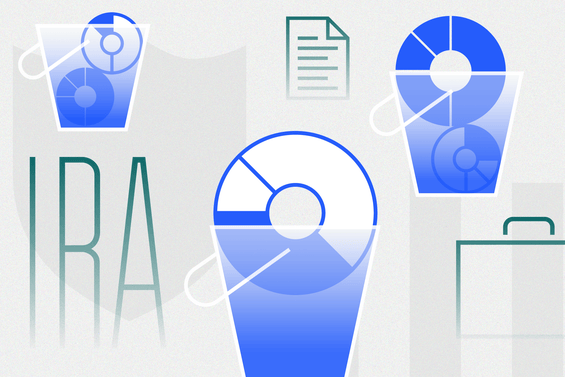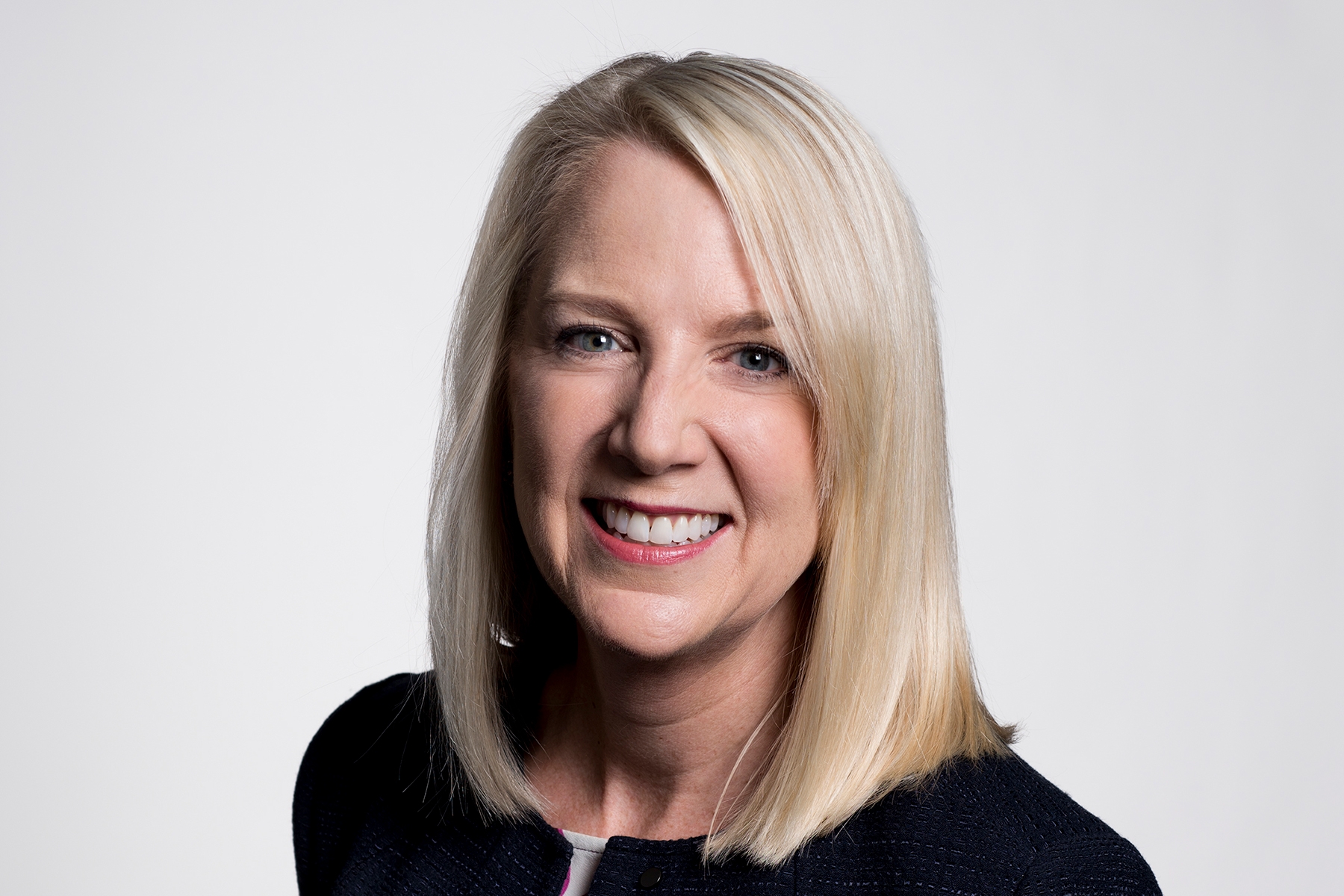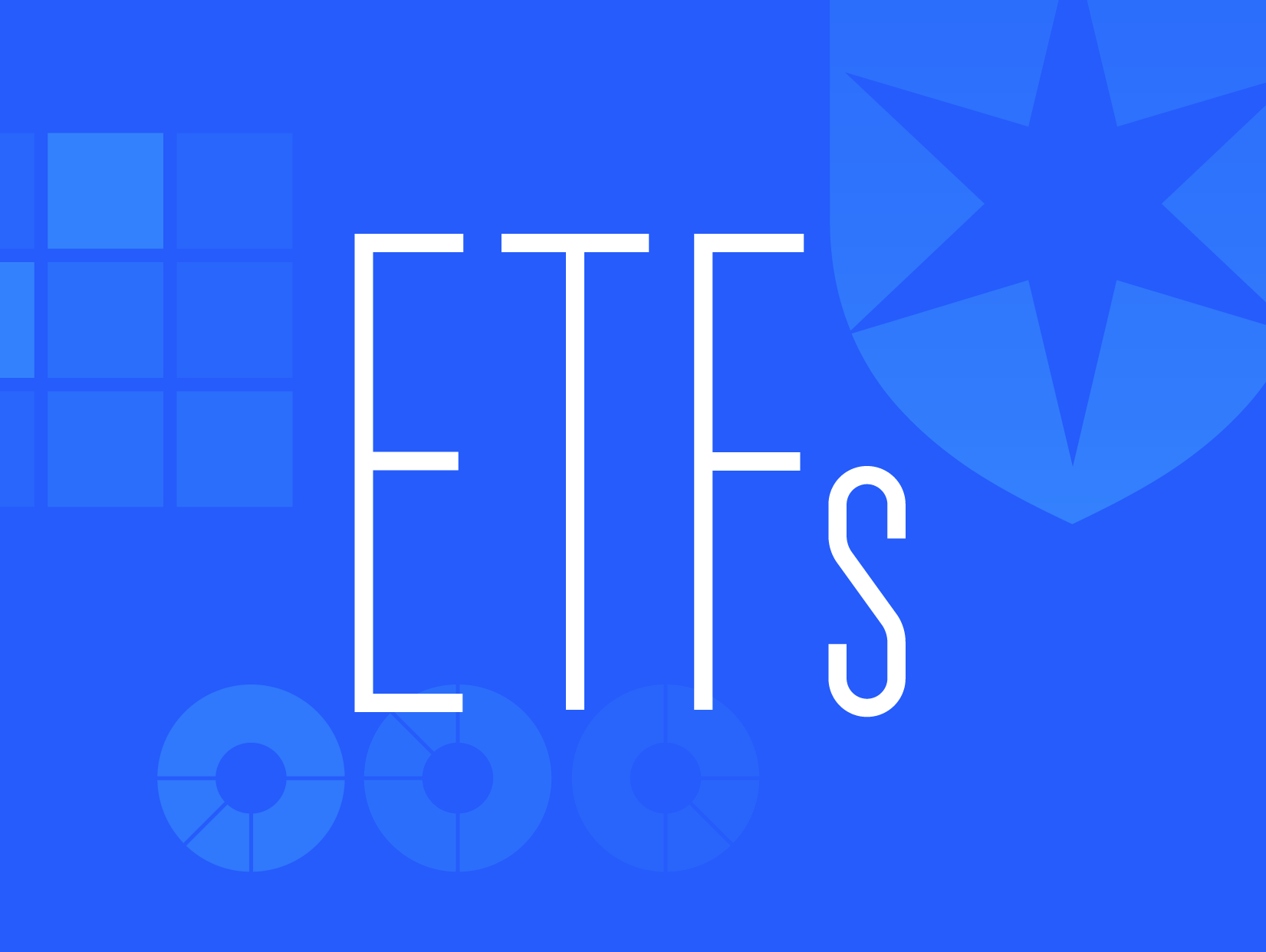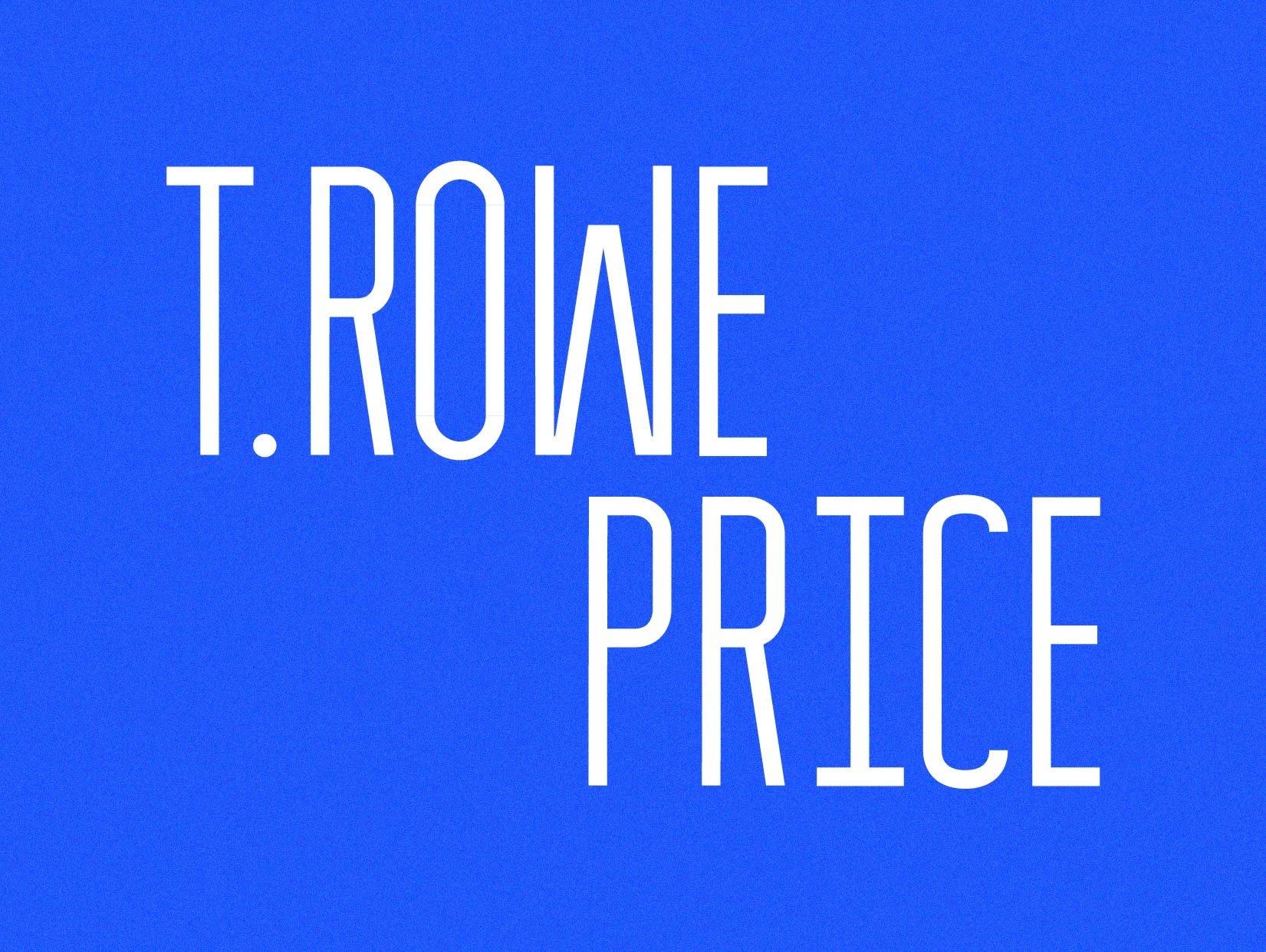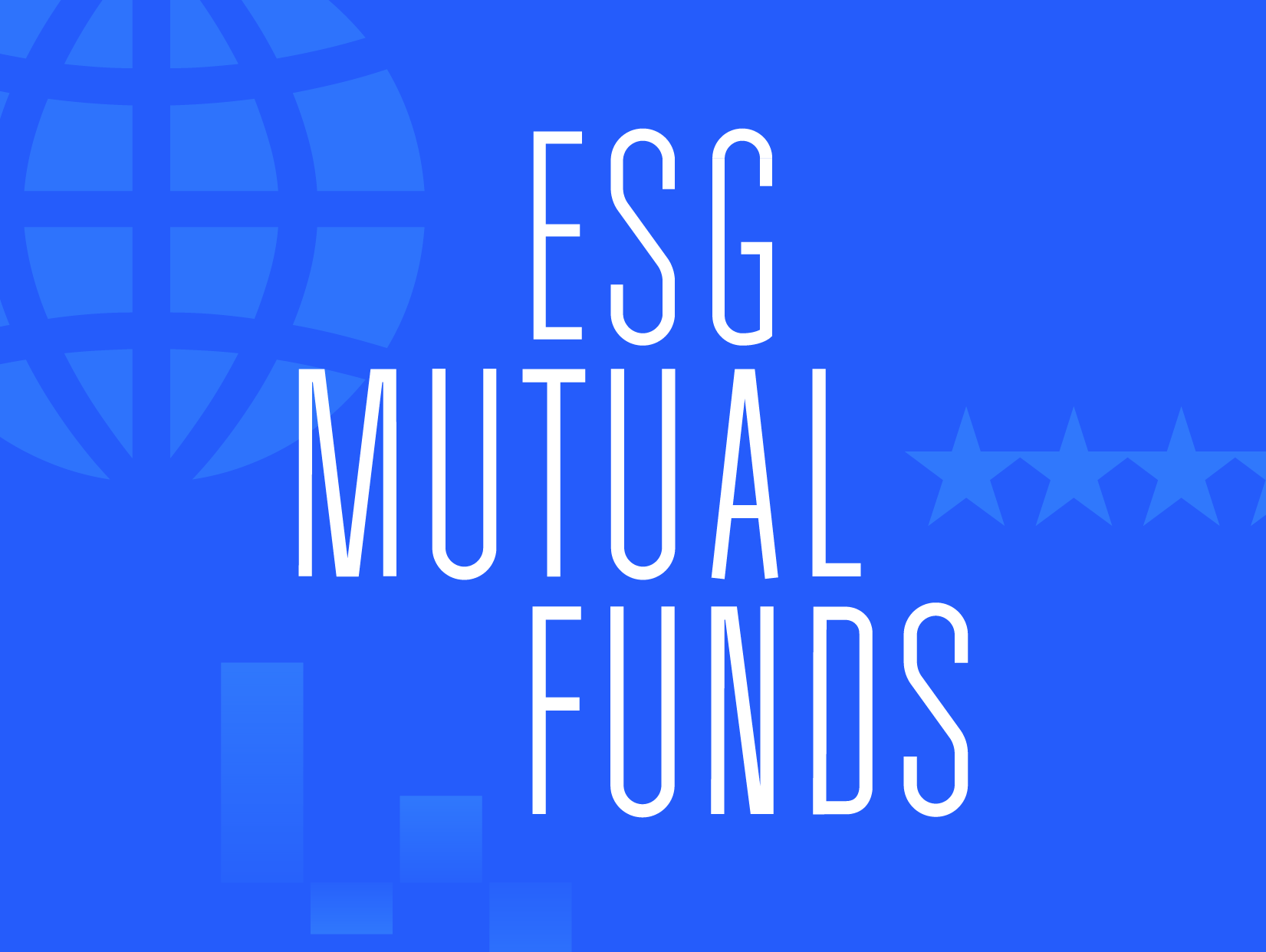Morningstar's Christine Benz put together a series of investment portfolio examples that both retirees and savers can refer to as they build their own portfolios.
The goal of these portfolios isn't to generate the best returns of any retirement portfolio on record. They’re intended to help retirees and pre-retirees visualize what a long-term, strategic total-return investment portfolio could look like. So, an investor could look to these portfolios for guidance on asset allocation without completely upending their favorite holdings.
From mutual fund portfolios to ETF portfolios, tax-efficient portfolios to simple portfolios for the minimalist investor, this series of portfolios has something for everyone. More than anything, these portfolios serve as examples of how investors can construct portfolios that match their own financial goals.
